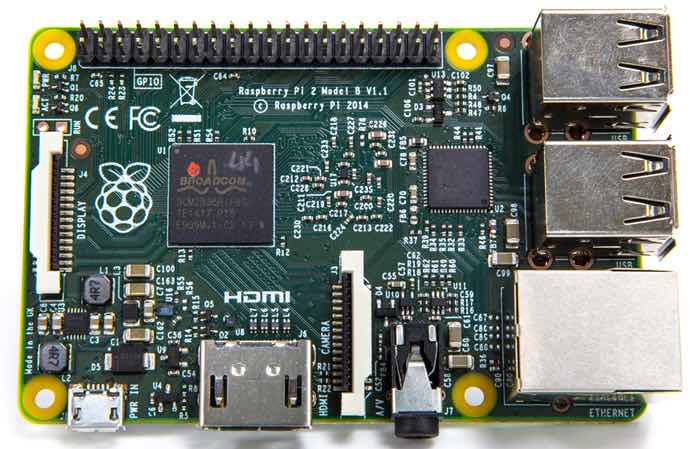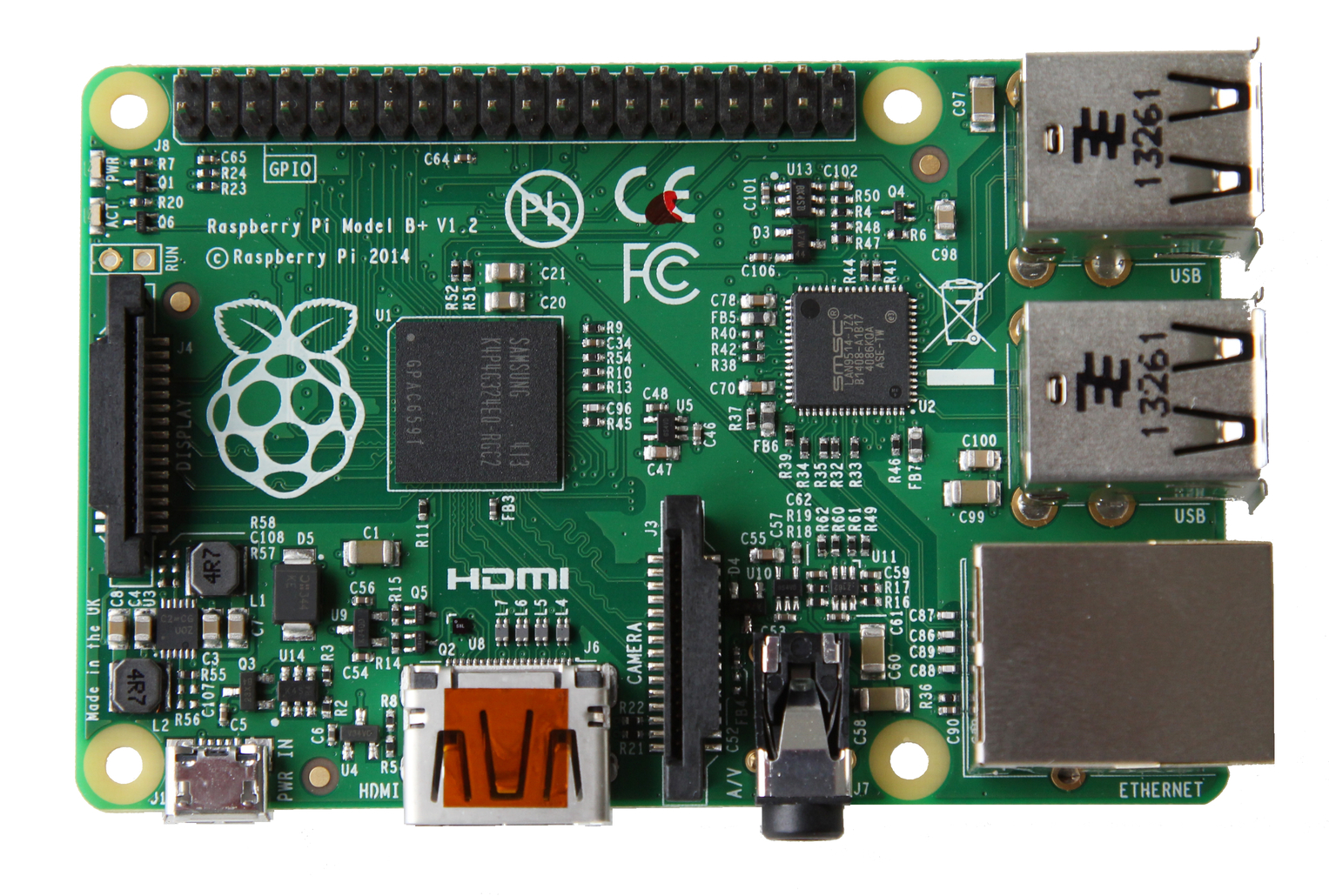
Asus, MSI, Gigabyte, Biostar and Jetway companies are showing their upcoming P55 motherboards in CeBIT.
Asus is showing off two, the P7U and P7U Pro, both features a single, open ended PCIe x4 slot, two PCIe x1 slots (three for the P7U), a PCI slot, four DDR3 memory slots supports dual channel mode, an IDE, five SATA, four USB 2.0 headers support eight USB 2.0 ports and a floppy connector. IO ports at back, a PS/2 port, six USB 2.0 ports, Gigabit Ethernet port, eSATA, FireWire and 7.1‑channel analog audio pro got a pair of X16 slots. But big empty space at back that seems to be for an HDMI or DisplayPort connector as well as a DVI and D‑sub connector. There’s also a space near the memory modules which should house a Turbo Memory module, but the slot is missing.
MSI board came with the name G7P55-DC or the MS-7581 and it is a higher-end board. MSI has cameup with three PCIe x16 slots, two PCIe x1 slots and two PCI slots. Giving Dual channel memory support with four DDR3 memory slots and eight SATA connectors, an IDE connector, four additional USB headers for an extra eight USB 2.0 ports and a floppy connector. Around the back two PS/2 ports, FireWire, eSATA, six USB 2.0 ports, a DVI and D‑sub connector, dual Gigabit Ethernet and 7.1‑channel audio with optical S/PDIF out.
The second board from MSI is also a higher end model G9P55-DC and it doesn’t have any video output options. What it seems to have is some kind of PCIe splitter, like PLX chip or nForce 200, as the motherboard has two large chips on it and as the P55 is a single chip chipset and with the board having 3 x16 PCIe slots plus a open ended x4 slot, this is the only logical conclusion. The board also has two PCI slots and one x1 PCIe slot which is meant to be used with a bundled sound card. MSI has also added a pair of eSATA/USB 2.0 combo ports, 10 SATA ports, a IDE, dual Gigabit Ethernet same as above board.
Gigabyte model is GA-IBP. “IBP” is the platform codename “Ibex Peak”. Featuring a DVI, D‑sub and HDMI port. There’s also support for CrossFire and SLI. And a two PS/2 ports, four USB 2.0 ports, dual Gigabit Ethernet and 7.1‑channel audio jacks. Other features include three x16 PCIe slots, two PCIe x1 slots, two PCI slots, six SATA ports, headers for three FireWire ports and eight extra USB 2.0 ports.
The Biostar board to be called TPower I55 and it has a pair of x16 PCIe slots as well as a x4 and x1 PCIe slots and two PCI slots. The board has two PS/2 ports, six USB 2.0 ports, FireWire, dual eSATA, dual Gigabit Ethernet and 7.1‑channel audio with optical and coaxial S/PDIF out. The board also has headers for six additional USB 2.0 ports, a FireWire port, six SATA ports, an IDE and floppy connector and interestingly a Turbo Memory slot for Intel’s second generation of Turbo Memory modules.
The Jetway board is HI05-LF and it has three x16 PCIe slots, although the third slot is labelled HD display slot and we’re not sure what this is about, although as the bandwidth would be limited, this might be what Jetway is trying to say. The board also has two PCIe x1 slots, two PCI slots, six SATA, an IDE, a parallel port header and a Turbo Memory slot. In the back it looks like HI05-LF has pair of PS/2 ports, optical and coaxial S/PDIF, a CMOS reset button, six USB 2.0 ports, dual Gigabit Ethernet, FireWire and 7.1‑channel audio.


